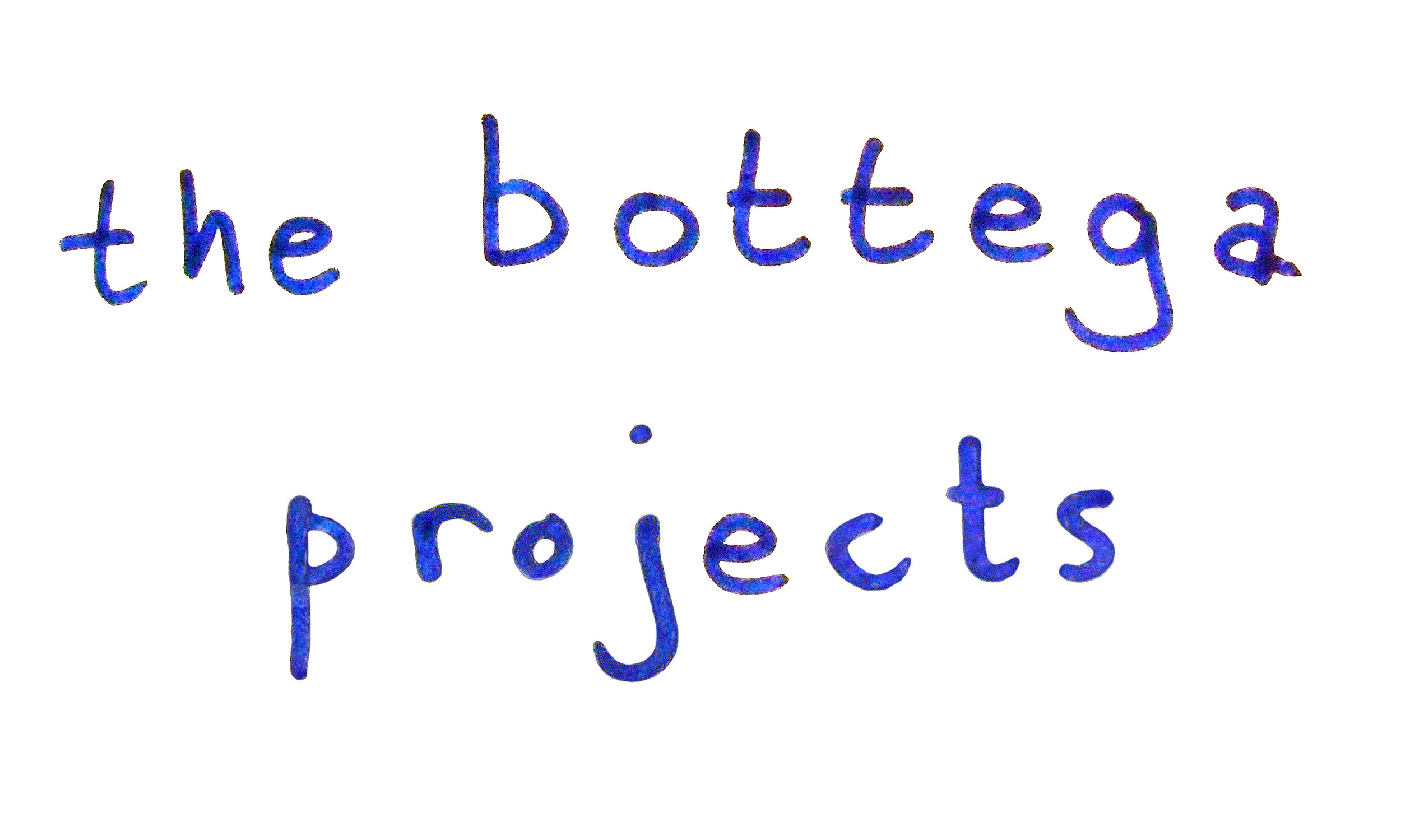Carbonara, et cetera
Pasta alla Carbonara
In Italy, discussions about food can get very heated. Most of this passion (friendly vehemence?) has to do with different interpretations of what is a “traditional” recipe.
Carbonara is a great example. Like all traditional dishes in Italy (and globally), it was peasant faire. The history of cuisine is based on cooking “of the people” (as we say, popular). Recipes were built on a condition of availability. Availability was based on two factors: season and geography. But there are ways around using only seasonal and local produce. Curing and preserving foods allowed the seasonality to be stretched, so foods could be consumed all year; trade provided necessary goods for this conservation that may not be locally produced, mainly salt. Pepper was not a local resource and was traded. Any “traditional” recipe adapted, happily, to new resources. More than an evolution, every recipe is an adaptation.
Getting back to Carbonara. This pasta dish of bacon and eggs is an Italian classic. But it is not an historical dish, it is most likely an adaptation of many vernacular versions, especially in Lazio. There are no references to this dish before World War II. For this, some say it was an adaptation to the American breakfast of bacon and eggs that Allied soldiers enjoyed, or to the American rations supplied to Italy, especially Rome, during the immediate post-war era: bacon and boxed eggs. The name itself, Carbonara, could refer to the charcoal makers who invented to recipe, or to the ground black pepper, the color of coal that covers the dish.
There are a few simple precedents to this recipe, and many variations. Italian peasants, long before the Allied liberation, had cured pork—either pancetta (belly) or guanciale (cheek), and produced eggs and pecorino (sheep cheese). Combined with cooked pasta, they are the basis of Roman country cooking. They are:
Pasta Cacio e Pepe: grated cheese and pepper
Pasta alla Gricia: pancetta or guanciale and grated cheese (and pepper)
Pasta all’Amatriciana: guanciale in tomato sauce with grated cheese
Our Carbonara is bacon (as far as we know. And there is a long battle between pancetta and guanciale.) with the addition of eggs, grated cheese, and pepper. Very similar to the “traditional” recipes above.
There are many adaptations of local products. Here, bacon is a kind of provocation: cured pork in the form of cheek (guanciale) and belly (pancetta) were equally common.
So was sheep cheese (pecorino) of different ages. And there’s Parmeggiano, of course, which comes from a very small region in Emilia-Romagna, so not common at all.
So, to decide there is one way to make Pasta alla Carbonara is to betray its history, rather than to honor it. It is a history of adaptation and survival.
One thing I do believe, however: there are no onions in Amatriciana nor Carbonara, and for one reason. Italian peasant cooking has always been about a kind of frugality that reflects a respect for ingredients. These dishes are about pork and cheese, and the onion is simply not needed. Save your onion for when the pork is gone!
Pasta alla Carbonara
Diced guanciale 100 g
Two eggs
Grated pecorino 50 g
Spaghetti, 200 g
Extra virgin olive oil, salt, fresh black pepper
Put a pot of salted water to boil, and when it does, throw in the pasta. I prefer spaghetti for this, and there are lots of rules about what shape of pasta should be used for what. So start with spaghetti.
In a bowl, beat one whole egg and one yolk with salt and plenty of pepper. Put aside.
Grate the cheese and put aside.
In a large pan, fry the guanciale in a little olive oil. I like my pork a little crispy, but in Rome they leave it soft, so this is a question of taste. Add some pasta water if necessary to keep it from getting too crispy.
When the pasta is cooked, strain and keep some of the water. Sauteè the pasta in the pan with the guanciale for a minute. Remove from heat and add the beaten eggs, grated cheese, and a little pasta water, stirring to obtain a sauce. Add water a little at a time. Plate and serve immediately with more cheese and black pepper.
This a recipe from lazio, so drink a Lazio white wine, like Frascati.
Notes:
Technically, the egg should be cooking with the heat of the pasta and not with the heat of the pan. The risk is overcooking the eggs.
The trick is the amount of pasta water added. It should be neither soupy nor dry, considering that the pasta will absorb moisture over time.

